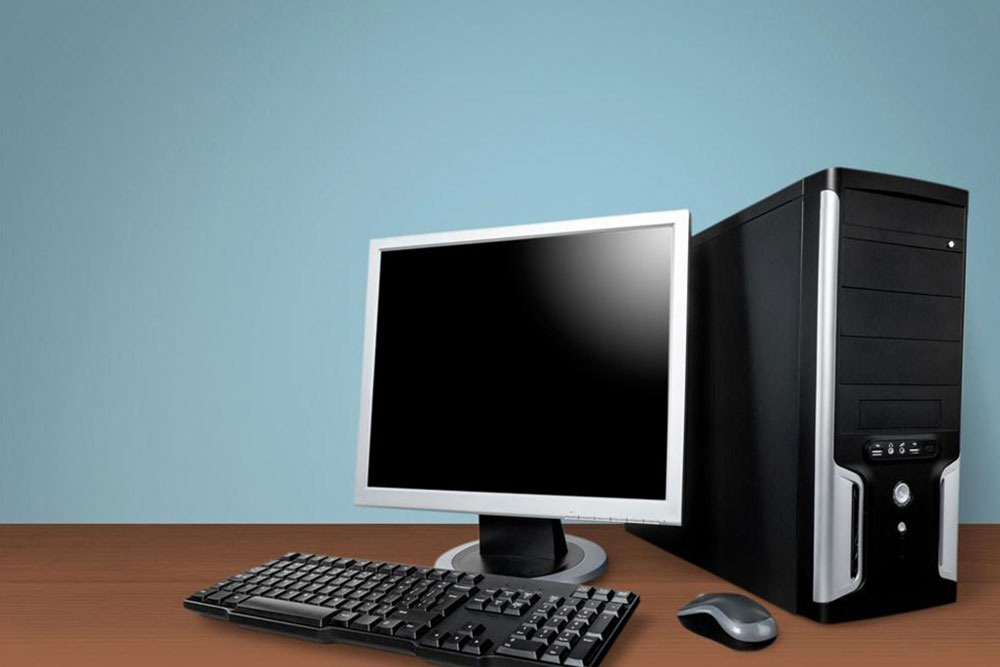Ultimate Guide for First-Time Desktop PC Buyers: Tips for Making the Right Choice
This comprehensive guide helps first-time desktop PC buyers make informed decisions. It covers essential considerations such as usage needs, hardware choices, custom-built versus pre-made options, and market trends to ensure you choose a system that perfectly fits your requirements and budget. Whether for work, creative projects, or casual use, learn how to select the right desktop with confidence.

Ultimate Guide for First-Time Desktop PC Buyers: Tips for Making the Right Choice
Embarking on your journey to purchase your very first desktop computer can be an exciting milestone, but it can also be daunting due to the overwhelming variety of options and technical specifications available. Many first-time buyers often feel unsure about which features to prioritize, how much to spend, or which operating system best suits their needs. Making an uninformed decision can lead to dissatisfaction, financial wastage, and the need for future upgrades. Therefore, approaching this purchase with a clear understanding of your specific needs, budget constraints, and usage patterns is essential for ensuring long-term satisfaction and optimal performance.
This comprehensive guide aims to help first-time desktop buyers navigate the process seamlessly. By understanding key factors such as your primary use case, hardware requirements, and whether to opt for a pre-built or custom-built system, you'll be equipped to make a confident decision. Market research and knowledge about the latest technology trends are crucial to avoid overspending on unnecessary features while ensuring you receive a product that truly caters to your requirements.
Determine Your Primary Usage
Understanding how you plan to use your desktop is the foundation of a successful purchase. Are you a creative professional like a graphic designer, video editor, or music producer? If so, investing in a high-performance machine with a crisp Retina display and dedicated graphics card might be your best bet. Apple's iMacs and MacBooks are popular choices among creative professionals due to their color accuracy and seamless workflow integration, especially if software like Adobe Creative Suite, Final Cut Pro, or Logic Pro is part of your toolkit.
On the other hand, if you're into software development, coding, or ethical hacking, Linux-based systems such as Ubuntu or Fedora offer flexibility, extensive developer tools, and a customizable environment. These operating systems are favored by developers and tech enthusiasts who enjoy building and tweaking their hardware and software configurations. For users new to desktop computers or those seeking an all-around versatile machine, Windows PCs are widely recommended. Windows 10 (or the latest Windows version) provides broad compatibility with software, gaming options, productivity tools, and user-friendly interfaces, making it an ideal choice for beginners.
Choosing Between Custom Build and Pre-Built Systems
Building your own desktop can be a cost-effective way to get exactly what you need, especially if you possess the technical skills or are willing to learn. Custom builds allow you to select specific components such as the processor, graphics card, memory, and storage, ensuring maximum performance tailored to your tasks. However, it requires time, research, and some technical know-how.
In contrast, pre-built desktops are convenient and time-saving options that come assembled and ready to use. They often include warranties and technical support, reducing worries about compatibility and setup. Although pre-made systems tend to be pricier than custom builds, the added convenience and peace of mind often justify the extra expense, particularly for users who prefer plug-and-play solutions without extensive technical involvement.
Additional Considerations
When shopping for your first desktop, pay attention to factors such as hardware specifications, expandability, connectivity options, warranty, and customer support. For instance, if future upgrades are a consideration, choose a system with accessible RAM slots and additional drive bays. Ensure the system includes a sufficient number of USB, HDMI, and Ethernet ports to connect peripherals and accessories seamlessly.
Budgeting is also crucial; set a realistic budget that aligns with your needs. Entry-level desktops can suffice for basic tasks like web browsing and document editing, whereas high-end machines are necessary for resource-intensive applications. Don’t forget to factor in peripherals such as monitors, keyboards, mice, and external storage devices, which may incur additional costs but are essential to complete your workstation.
Market Trends and Future Proofing
Staying informed about the latest market trends and technological innovations enhances your purchasing decisions. For example, opting for systems with SSD storage instead of traditional HDDs can significantly improve speed and responsiveness. Similarly, choosing the latest generation CPUs and graphics cards ensures better performance and longevity, safeguarding your investment against obsolescence.
In conclusion, buying your first desktop PC is an important step towards enhancing your productivity, entertainment, or creative pursuits. By assessing your needs carefully, selecting the right operating system, considering custom versus pre-built options, and staying informed about current technologies, you can make a purchase that provides value and satisfaction for years to come. Remember, a well-chosen desktop can serve as a reliable, versatile tool for your personal and professional growth, provided you take the time to research and understand your options thoroughly.





